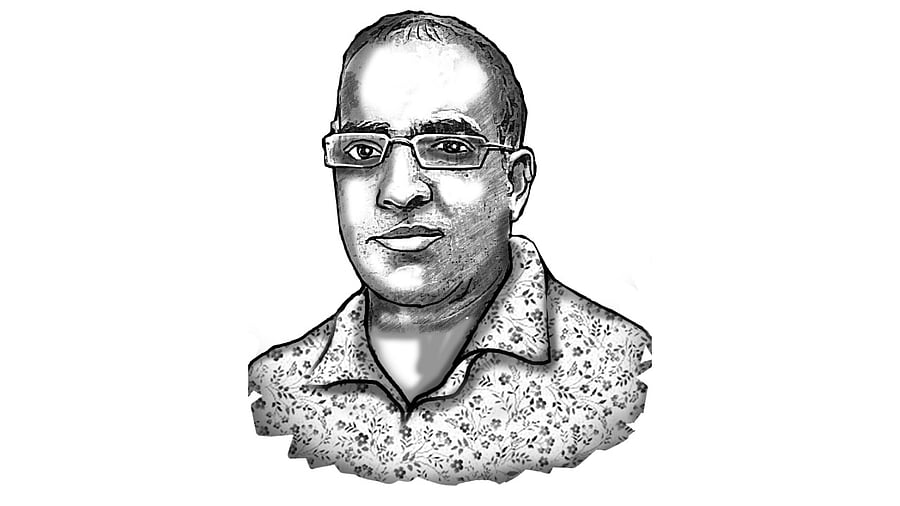
Ashwin Mahesh A social entrepreneur, founder of Mapunity and LVBL, and co-founder, Lithium, wakes up with hope for the city and society, goes to bed with a sigh  @ashwinmahesh
Credit: Special Arrangement
A few days ago, the results of the SSLC exams in Karnataka were announced. Immediately, a rush of coverage by the media followed, focusing on the numbers put out by the government, as well as on some standout performances. There were comparisons between districts, between boys and girls, between last year and this year. But there was one thing quite difficult to find – how many young people of SSLC age did not pass this stage?
The exam results are given in numbers that don’t automatically make anyone think of this. What we are told is how many students took the exams, and what percentage of those students passed. But that doesn’t tell us one other very important metric: how many young people in Karnataka should have taken the exam but did not because they had already dropped out?
I did some back-of-the-envelope calculations using the state’s population and the typical distribution of ages in South Indian states. From what I can tell, at least 15-20% of children of that age were missing from the exam halls altogether. The Education Department tells us that about two-thirds of those who showed up to write the exams did well enough to pass. If we put those two things together, we get a fuller picture – namely, that half the children in the state do not even clear the 10th standard.
Of those who do pass SSLC, only about 85% enroll in a PUC programme, and of those who take that exam, typically 70% will pass each year, including those who pass with grace marks. Put all of that together and what we get is that two-thirds of future adults in Karnataka will not have completed 12 full years of learning.
This should be the most prominent thing in the minds of our educators and political leadership, but our lens on these exams is designed to look away from this much bigger truth. Public education in Karnataka is a disaster. The system is more likely to fail a child than to help them succeed. But that’s not the way it is presented to us. What we are told is that children succeeded or failed, not that the adults in charge of securing their futures failed or succeeded.
Now let’s consider something else. Education has been a focus of development efforts for a long time. Various philanthropic organisations are working to improve public education in particular. Some have even staked their claim to fame on their contributions to children’s education. Additionally, in recent years, big chunks of money from CSR budgets have also been steered towards schools, in the belief that this is a good and safe option for the use of that money.
And then there is the Right To Education (RTE). The government has accepted that children have a constitutional right to quality education, and private schools have also been pushed to accommodate some children who they would otherwise not admit.
In short, everyone agrees that public education is important, and lots of people are doing something or the other to improve it. But that cannot take our gaze away from the results. In Yes Minister, the famous British TV series about politics in the UK, there is one episode where the minister, Jim Hacker, visits a new hospital. He finds that while the bureaucrats think that it is a splendid institution because it has great modern equipment, is very clean, has hundreds of administrative staff, etc., what it does not have are doctors and patients.
This prompts a question from the minister – “We are talking about a hospital, aren’t we?” That’s the kind of question that we should be asking. We are talking about the Department of Education, about schools, about learning outcomes, aren’t we?
None of this is new. It has been happening for years. All we’ve done is congratulate ourselves for various inputs along the way – pucca buildings, toilets, running water, midday meals, teachers and administrative staff, enrollment – and decided that these are all signs of great progress. What’s missing from this way of looking at things is any meaningful focus on whether we are helping children learn.
Many mistakes have contributed to this stark reality. We have terribly misguided notions of the ideal. What is a school? Who is a teacher? How should we measure learning? What is the measure of public education? One can spend a lot of time debating which of these failures is more to blame, and even ponder about things that might be done differently. Before any of that, however, we have to start with an admission of failure. Ours, not the children’s.